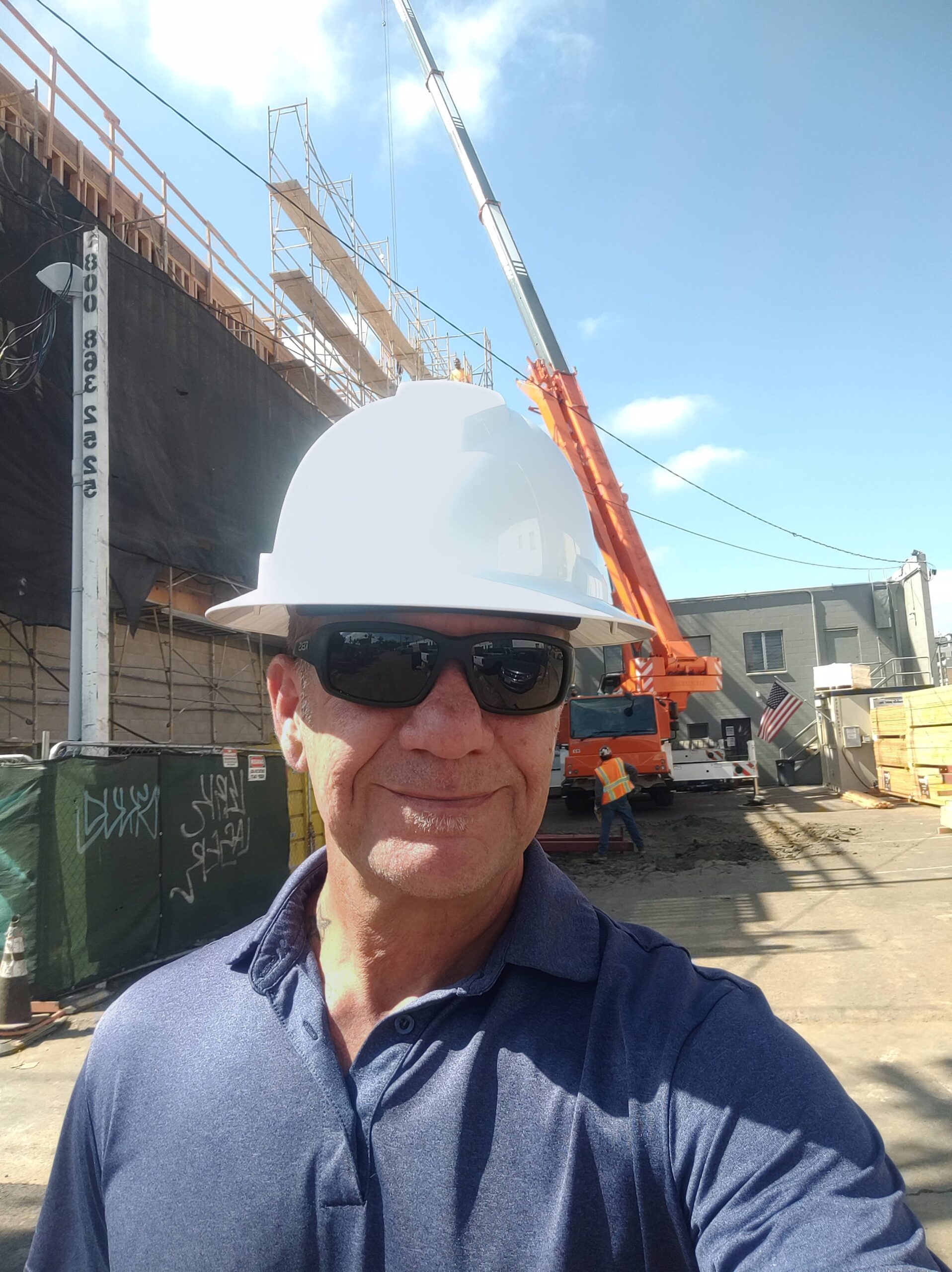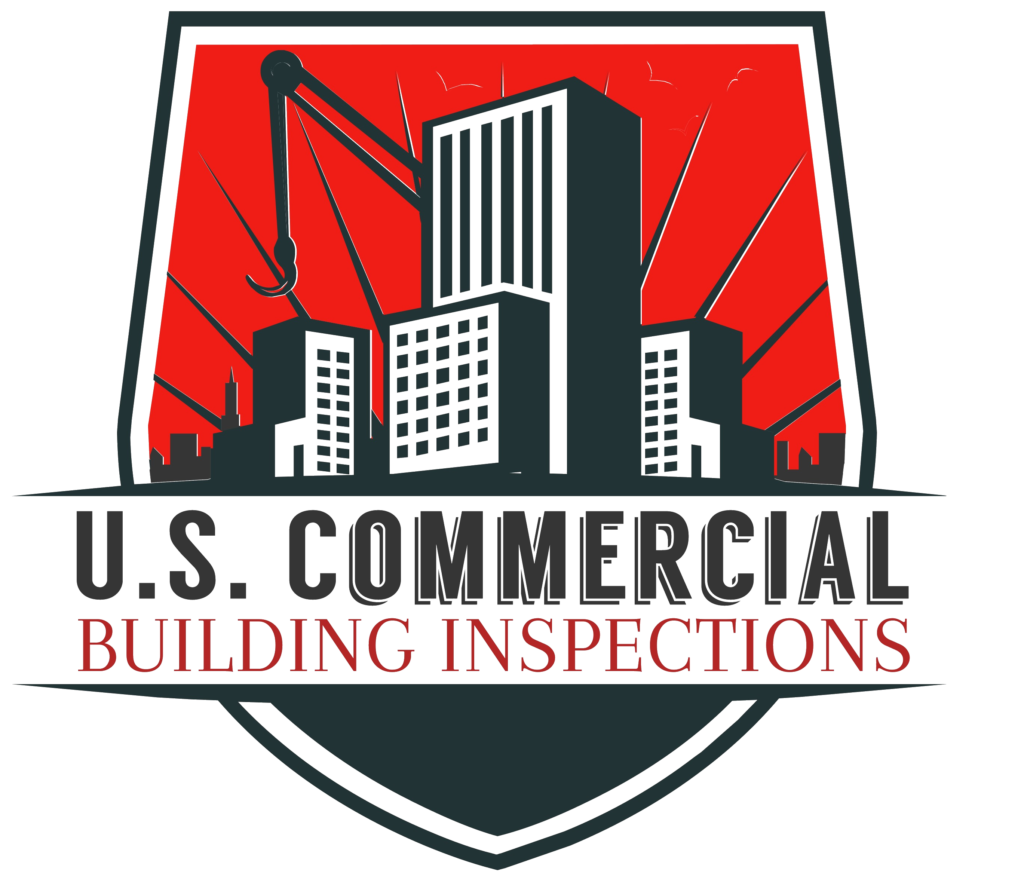Environmental site assessments are important tools that help commercial property buyers, owners, lenders, and developers identify and mitigate environmental liabilities. They are often required by lenders and investors prior to loan approval for the purchase of commercial real estate.
The ASTM E1527-13 Standard Practice for Environmental Site Assessments establishes the requirements, which is the recognized standard used by the Environmental Protection Agency (EPA).
There are three phases of an ESA, and each subsequent phase builds on the information gathered in the previous one.
A Phase 3 Environmental Site Assessment (ESA) is the third and final phase of an ESA, and it is conducted after a Phase 1 ESA and Phase 2 ESA have been completed.
While a Phase 1 ESA assesses the current environmental conditions of a property, and a Phase 2 ESA assesses the potential for contamination, a Phase 3 ESA focuses on confirming the presence or absence of contamination.
They are much more comprehensive than Phase 2 ESAs and typically involve more sampling, analysis, and reporting. The goal of a Phase 3 ESA is to determine the nature and extent of contamination at a property to develop a remediation plan to clean up the contaminated soils or groundwater.
They are often required by lenders and government agencies prior to approving redevelopment projects. They are also typically required when expanding an existing business onto contaminated land.
A risk assessment may also be conducted as part of a Phase III ESA in order to evaluate potential risks to human health and the environment from exposure to contaminated soil, water, and/or air.
This assessment considers factors such as site characteristics (e.g., location, geology), contaminant concentrations, land use patterns, and local drinking water sources in order to estimate potential risks posed by the contamination.
Based on this assessment, remediation goals may be established in order to mitigate these risks (e.g., excavation and off-site disposal of contaminated soils).
A typical Phase 3 ESA includes the following components:
– A site history review that includes an evaluation of past and present uses of the property as well as an assessment of potential sources of contamination;
– An on-site investigation that involves collecting samples of soil, water, and air from the property;
– Off-site sampling if necessary;
– Analysis of collected samples for contaminants of concern;
-Identification of any areas contaminated above RBCs;
– Recommendations for further investigation or remediation activities.
Phase 3 ESAs may also include geophysical surveys, groundwater monitoring wells, aquifer testing, etc., depending on the specific needs of the project.
All components included in a Phase 3 ESA must be conducted in accordance with ASTM International standards and guidelines.
What is Contamination?
Contamination is defined as the presence of hazardous substances in soil, water, or air that may pose a risk to human health or the environment.
Contaminants can come from many sources, including past or present industrial and commercial activities, use of pesticides and fertilizers, disposal of hazardous wastes, and leaking underground storage tanks.
When these substances are found at elevated levels in the environment, they are referred to as “contaminants of concern.”
What are Risk-Based Concentrations?
Risk-Based Concentrations (RBCs) are contaminant concentration levels above which adverse human health or ecological effects are expected to occur. RBCs are typically derived from scientific literature and used by environmental professionals to evaluate site contamination and delineate contaminated areas.
Although RBCs vary depending on the type of contaminant present, they typically fall within a range that is considered to be safe for human exposure or that poses minimal risk to the environment.
However, RBCs are not always available for all contaminants of concern and therefore alternative methods may need to be used to evaluate risk.
Phase 3 ESAs are important for commercial properties because they provide essential information about the environmental conditions of the property.
This information can be used to make informed decisions about purchasing or leasing the property, as well as to develop remediation plans in the event that contamination is discovered.
Furthermore, by completing a Phase 3 ESA, commercial property owners and developers can minimize their environmental liabilities and protect themselves from legal liability in the event that someone becomes sick or injured as a result of exposure to contaminants on the property.
This will help protect yourself from legal liability and minimize your environmental liabilities.
Phase III ESAs are often conducted pursuant to state-led voluntary cleanup programs or sites covered by federal brownfield programs (e.g., US EPA Superfund).
These programs typically require participation in a regulatory oversight process during investigation and remediation activities in order to confirm that objectives are being met and protect human health and the environment.
All commercial properties should have an ESA performed as part of due diligence prior to purchase or sale. And if any potential contamination is identified during a Phase 2 ESA, then a Phase 3 ESA should be conducted to fully assess the situation.
If you are planning any type of redevelopment or expansion project on contaminated land, it is important to consult with an experienced to conduct a Phase 3 Environmental Site Assessment (ESA) to avoid any potential liabilities and avoid costly surprises down the road.
Contact U.S. Commercial Building Inspections (USCBI) of Southern California for a free quote.
Call 619-473-2133

Maurice is the Chief Inspector for U.S. Commercial Building Inspections of Southern California. He is a Certified Commercial Property Inspector (CCPI) with over 25 years of extensive experience in real estate, construction, restoration, remediation, and business development.
He holds numerous inspection certifications with the Commercial Property Inspectors Association (CCPIA), the International Association of Home Inspectors (InterNACHI), and he is also a Certified Mold Inspector (CMI), Certified Mold Remediator (CMR), and a member of the Indoor Air Quality Association (IAQA).
